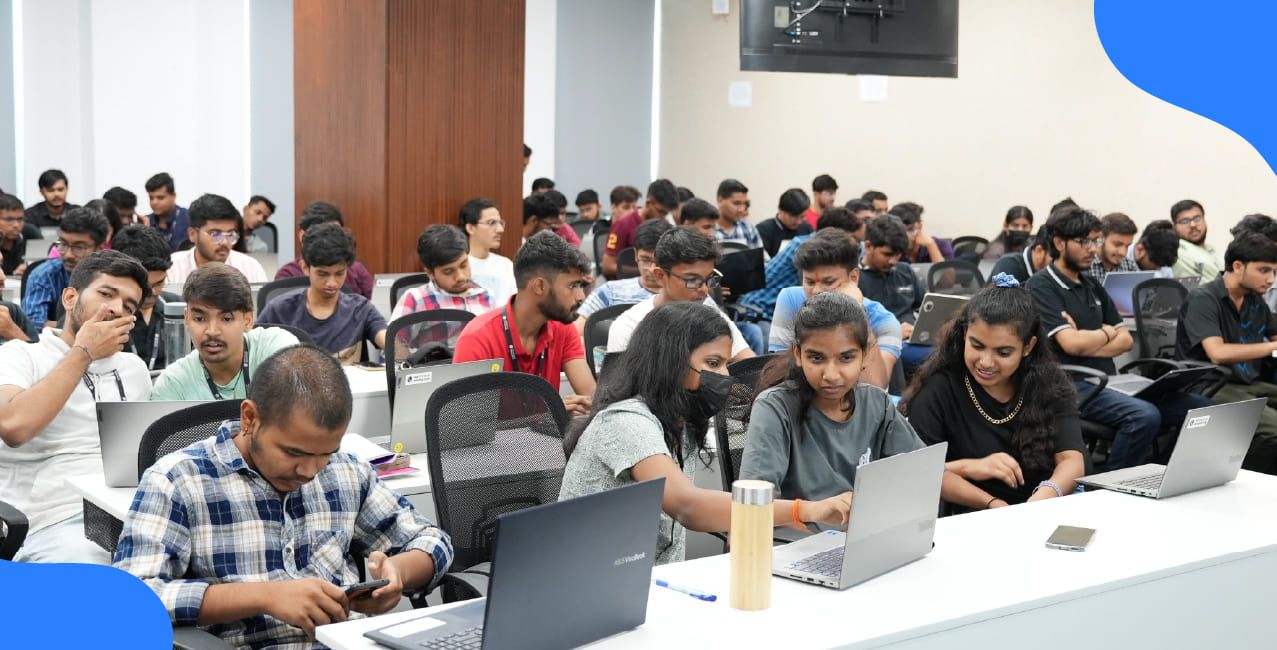The edtech firm steps into the credit space with its own NBFC arm ahead of its ₹3,820 crore IPO
Can education loans be made easier for students outside the traditional banking system? That is the question PhysicsWallah is asking as it prepares for its stock market listing. The company has set up a lending arm to provide direct loans to students.
According to the All India Survey on Higher Education (AISHE), as of 2021-22 there were 42,825 colleges, 1,162 universities, and 10,576 standalone institutions in India.
The updated Draft Red Herring Prospectus (DRHP) filed in August 2024 values the public issue at ₹3,820 crore. This shows how the IPO-bound PhysicsWallah lending strategy is tied to its larger ambition to enter India’s credit market.
New Development: PhysicsWallah Student Loan Plans 2025
PhysicsWallah created Finz Finance Pvt Ltd in July 2024. The new entity holds a licence to operate as a non-banking finance company (NBFC). This step allows the firm to move from partner-based lending to direct loans for learners.
The Reserve Bank of India (RBI) issued the Digital Lending Guidelines in September 2022. These guidelines demand clear disclosures in a Key Facts Statement (KFS), transparent interest rates, and repayment flows routed to regulated entities. These rules will apply to PhysicsWallah’s direct education loans initiative, creating a new layer of compliance.
The factors shaping the PhysicsWallah direct education loans initiative are shown below.
This table shows how PhysicsWallah must match RBI norms while offering loans. The rules also ensure that students can measure loans against bank products.
PhysicsWallah Direct Education Loans Initiative
The lending plan is more than a side business. In 2023, PhysicsWallah worked with Rang De to roll out community-funded loans. That model spread the risk with a partner. The 2024 step to use its own NBFC shifts credit exposure entirely to the company.
RBI’s Default Loss Guarantee (DLG) circular of June 2023 capped such guarantees at 5 per cent of the loan portfolio. This means edtech firms can no longer depend on partners to absorb default losses. The IPO-bound PhysicsWallah lending strategy is therefore about keeping both risk and reward within its own balance sheet.
The shift is clear in the table below.
The table captures how the company moved from a shared-risk setup to direct lending. This change sets PhysicsWallah apart from most Indian edtech firms that still rely on banks or fintech partners.
Past Coverage Link: PhysicsWallah IPO And Student Loan Program
In earlier years, Indian media often covered edtech IPOs with mixed optimism, some applauded scale and disruption, others flagged concerns about monetization, regulatory risks, and financial viability.
At the same time, the space of education loans / student financing was already present in public discourse and financial platforms. LoansJagat’s “Education Loans” page illustrates how student loans are positioned in India today: offering up to ₹10-15 lakh (domestic) or more for abroad studies, with multiple banks and NBFCs competing in the space.
PhysicsWallah’s IPO and its student loan program now sit within this evolving financing ecosystem. Unlike content delivery alone, lending operations demand capital buffers, stringent regulation, and risk control. In its updated DRHP filed in August 2024, PhysicsWallah names Finz Finance as its subsidiary, underlining that its IPO ambitions are tightly linked with the lending push.
Given this backdrop, the PhysicsWallah IPO and its student loan offering may sway investor sentiment not just as a bet on edtech growth, but as a test of credit expansion, default management, and financial discipline in educational lending.
Government And Bank Responses
Government schemes like the IBA’s Model Education Loan or the Central Sector Interest Subsidy Scheme (2018 updated rules) apply only to bank loans. NBFCs such as Finz Finance cannot claim those subsidies for their borrowers. This means loans by PhysicsWallah may cost more for students compared to subsidised bank products.
The RBI’s past action also matters here. In 2022, RBI introduced strict checks for digital lending apps to reduce hidden charges and mis-selling. NBFCs had to publish clear terms and ensure repayment flows were direct. These same rules will now govern PhysicsWallah’s loan programme.
The policy difference between banks and NBFCs is shown below.
This table explains why students may see PhysicsWallah loans as flexible but less subsidised. It also shows why the IPO will have to fund higher compliance and provisioning costs.
Conclusion
PhysicsWallah has built a name in edtech through online coaching. Its latest step is to lend directly to students through Finz Finance. The IPO of ₹3,820 crore filed in August 2024 is expected to fund this plan. But this path is not free of risk. The education loan market has seen rising defaults as per the IBA report of 2023. PhysicsWallah’s loans will also not be covered by government subsidy schemes.
The PhysicsWallah student loan plans 2025 are bold in timing and design. The IPO-bound PhysicsWallah lending strategy may bring more independence but will test its balance sheet.
The PhysicsWallah direct education loans initiative reflects ambition, while the student financing options by PhysicsWallah show how private NBFCs can shape a new space. Investors will watch how the PhysicsWallah IPO and student loan program balance growth with credit discipline in the years ahead.
Other News Pages | |||
J&K High Court Imposes ₹50,000 Fine — Must-Read for Borrowers | |||





